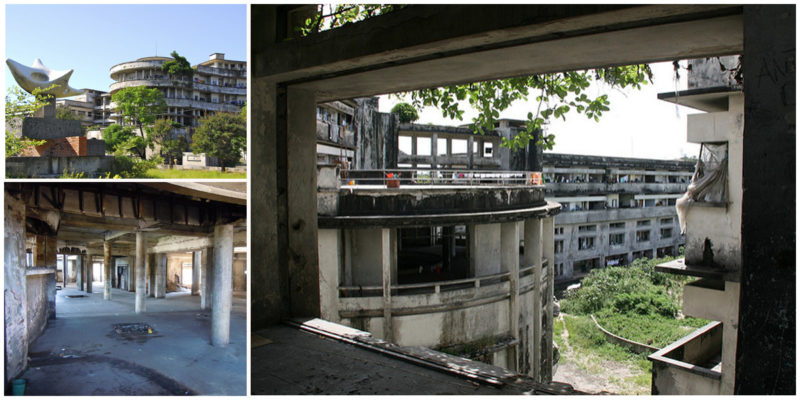Known as one of the largest and most luxurious hotels on the continent of Africa, the Grande Hotel Beira was operational for only eight years. It was opened in 1954, but due to lack of guests, it had to close in 1963. The abandoned four-storey building is currently home to over 1, 000 squatters and served as a military base during the Mozambican Civil War.
When the urban plan for Ponta Gea was made in 1932 by the architect Rebelo de Andrades, the hotel was sketched with an Olympic-sized swimming pool overlooking the magnificent Indian Ocean, the sea harbor of Beira, and the Buzi River.
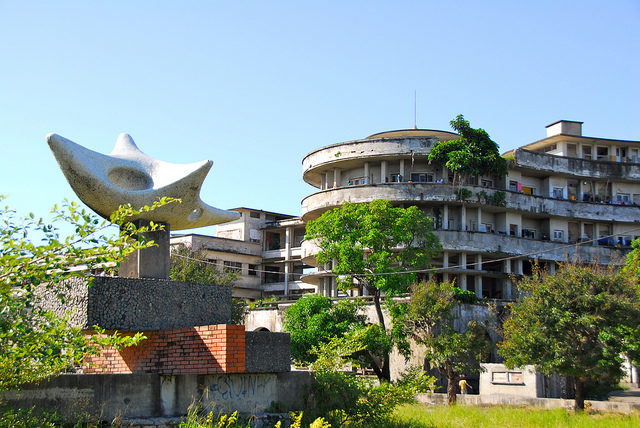
The architect Jose Porto drew up the original plan for the hotel, and in 1953, the final details were completed by Fransico de Castro from the Companhia de Moçambique. This company had a permit to exploit the area that is known today as the provinces of Sofala and Manica. In 1942, after the concession ended, the company still owned some small businesses and continued to dominate the local economy. Beira was a Portuguese colony, but it had also been influenced by the British.
After the company closed, Portuguese influence rose again throughout the city. Salazar dominated the government, and the architecture moved towards art deco and modern styles. The hotel was a success of the Estado Novo in the city, and its intention was to provide luxurious accommodations for very famous guests and wealthy visitors from Portugal, South Africa, and Rhodesia.
The exterior of the building is Art Deco with modern architectural shapes that were a sign of rejection of the neo-baroque style that was typical in Beira before the 1930s. The exterior has no ornamentation or added sculptures. The interior was designed by the architect Fransico de Castro in an eclectic style which was unusual in Beira because of the modern materials that were used.
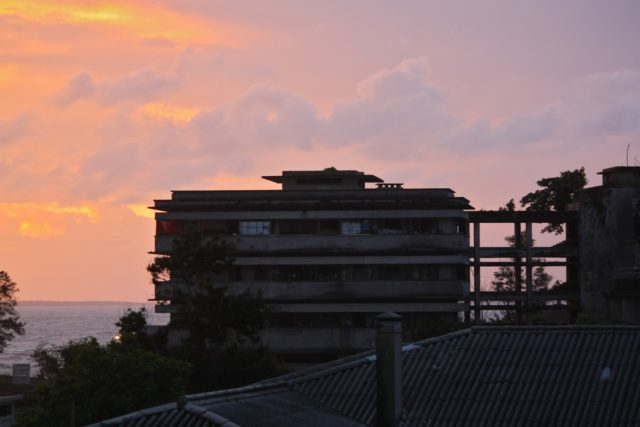
De Castro is best-known as the designer of the CFM train station which is the most famous in the city. At the day of the opening in 1955, there was an event officiated by Sebastiao Soares de Resende, Beira’s Roman Catholic bishop. The guests’ first impressions were of the swimming pool and the chocolate which was the finest in the country.
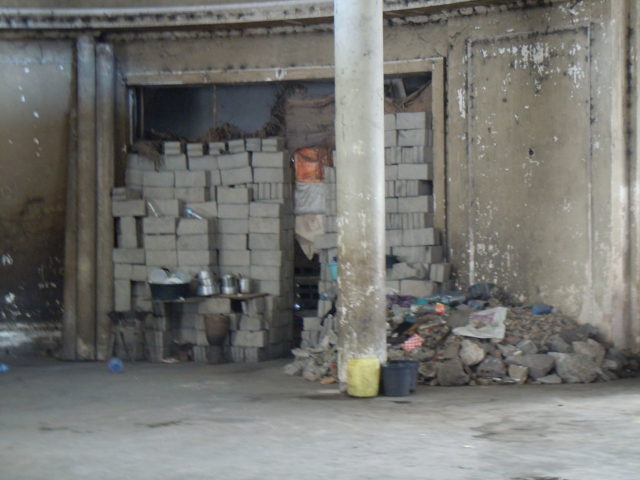
Although there was a suggestion that the hotel would have a casino, there is no evidence to suggest this in the physical plans of the building. A former student of De Castro, Fransico Ivo claimed that the architect himself told him that there was no intention whatsoever to build a casino. On the other side, Salazar was against gambling in the African colonies and was responsible for the closure of many of the country’s casinos in the early 1930s, so this story remains a myth.
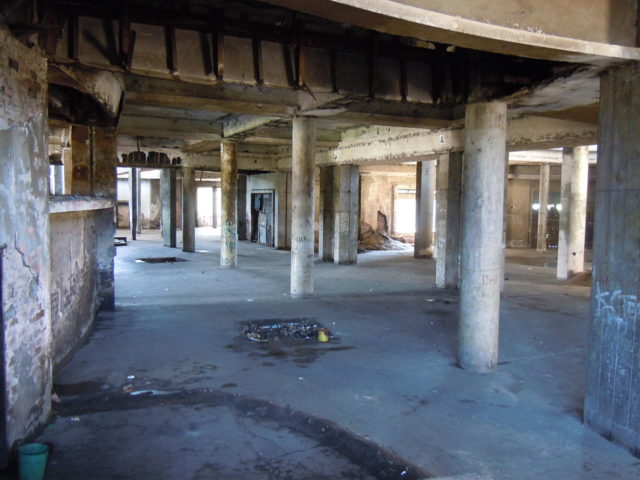
After only eight years, the Grand Hotel Beira was closed because it was unprofitable and difficult to run. The costs of construction had come to three times more than the original budget. The wealthy guests it was built for never arrived, though it was far from empty: the staff always outnumbered the guests, and even every elevator had a private operator.
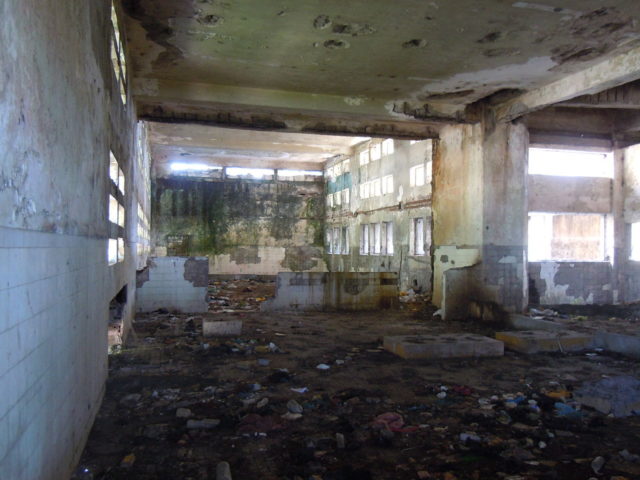
In a few documents, it was claimed that the main reason for the hotel’s closure was because of the casino that was never made. Many people who worked at the hotel thought that the casino would bring more visitors and would be good for the budget. But no one could afford this level of luxury, and the city was never renowned as a holiday destination for wealthy patrons. Business travelers stayed at the less-expensive Ambassador Hotel, and people passed by the Grande Hotel only when they wanted to visit the beach.
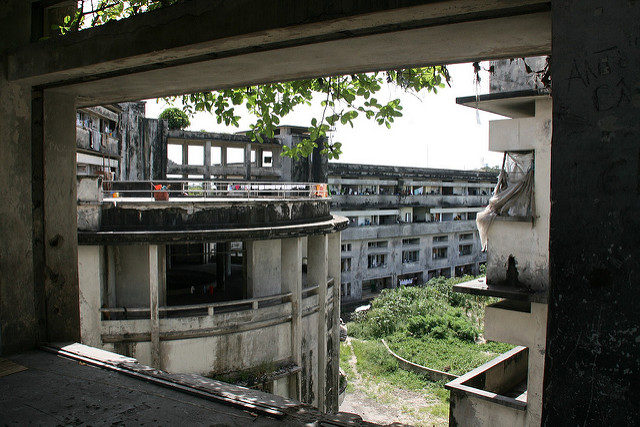
Since 1992, the abandoned 116 rooms have been home to around 1, 077 inhabitants. According to the Red Cross, the place is at high risk of many diseases including HIV, cholera, and malaria. There is no water or electricity, and the parquet floor is used as a fuel for cooking. Two rules are followed these days in the Grand Hotel: to respect one another, and the second is that the building is open to anybody who requires shelter.
